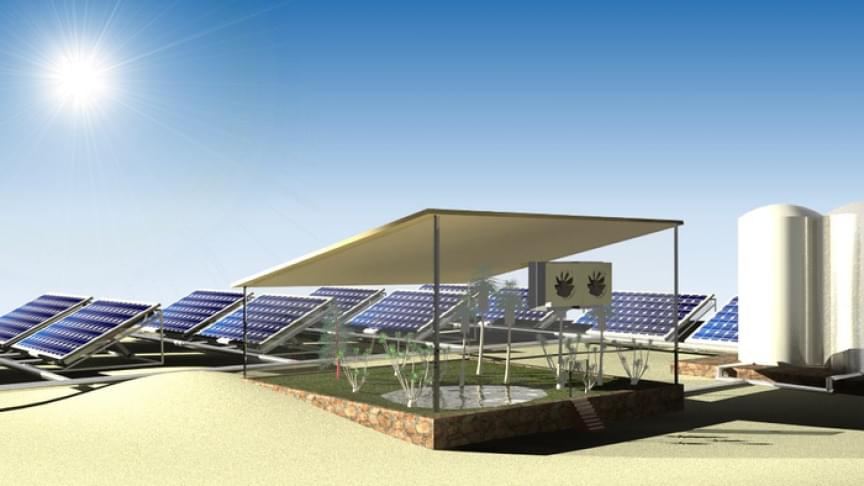
Category: solar power – Page 82


How will Ukraine keep SpaceX’s Starlink internet service online?
Russia’s attacks on Ukraine continue to take lives and destroy infrastructure as the country invades. This infrastructure damage has disrupted internet access in Ukraine, leading a government official to publicly request Starlink satellite internet access for the country from SpaceX CEO Elon Musk. Musk obliged, activating Starlink service in Ukraine and sending additional hardware. But with continued attacks on infrastructure, how will Ukraine stay connected?
Fedorov brings up an important point: Even though Starlink operates without the need for traditional internet infrastructure, the Earth-bound hardware still needs power. And, as Russian attacks bombard the country, Ukraine’s internet access will continue to be threatened.
Fedorov’s statement publicly reached out for help acquiring generators to keep Starlink online for Ukrainians. But Musk responded with an alternative suggestion.
“Solar panels + battery pack better than generator, as no heat signature or smoke & doesn’t run out of fuel,” Musk wrote in response on Twitter.
Elon Musk has some ideas.
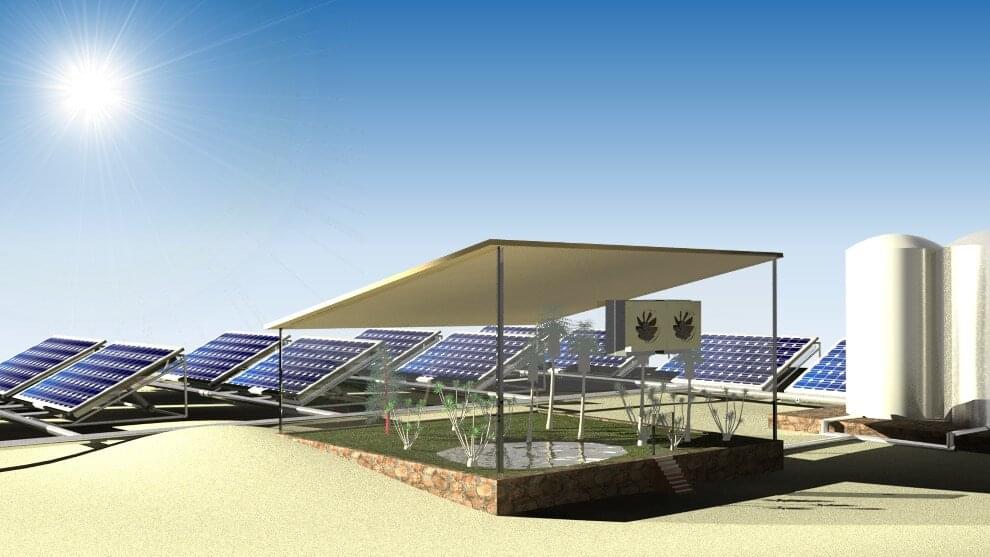
These solar panels pull in water vapor to grow crops in the desert
Using a unique hydrogel, scientists in Saudi Arabia created a solar-driven system that successfully grows spinach by using water drawn from the air while producing electricity. The proof-of-concept design, described March 1 in the journal Cell Reports Physical Science, offers a sustainable, low-cost strategy to improve food and water security for people living in dry-climate regions.
“A fraction of the world’s population still doesn’t have access to clean water or green power, and many of them live in rural areas with arid or semi-arid climate,” says senior author Peng Wang, a professor of environmental science and engineering at the King Abdullah University of Science and Technology (KAUST). “Our design makes water out of air using clean energy that would’ve been wasted and is suitable for decentralized, small-scale farms in remote places like deserts and oceanic islands.”
The system, called WEC2P, is composed of a solar photovoltaic panel placed atop a layer of hydrogel, which is mounted on top of a large metal box to condense and collect water. Wang and his team developed the hydrogel in their prior research, and the material can effectively absorb water vapor from ambient air and release the water content when heated.

Lowering solar module temperatures with radiative cooling, heat pipes
He said that three main requirements should be fulfilled to improve the cooling effect. The radiative coolers should not replace the existing PV glass covers, so the natural RC ability of glass can be harnessed to add to the overall cooling gain. There should also be an efficient and quick heat transfer mechanism between the PV module, which is also the heat source, and the RC heat sink. In addition, the RC module should directly face the sky to radiate maximum waste heat into outer space.
The proposed system consists of a PV module and a separate RC module, integrated with a flat plate heat pipe in between. A separate RC module is used along with the existing glass cover on the solar cells and the heat pipe is integrated between the PV and RC modules, providing quick heat transfer. The RC module is then placed on the condensing section of the heat pipe facing the sky.
IoT-Enabled Mailbox Lets You Check Your Mail Without Leaving Your House
Whether you live in an apartment downtown or in a detached house in the suburbs, if your mailbox is not built into your home you’ll have to go outside to see if anything’s there. But how do you prevent that dreadful feeling of disappointment when you find your mailbox empty? Well, we’re living in 2022, so today your mailbox is just another Thing to connect to the Internet of Things. And that’s exactly what [fhuable] did when he made a solar powered IoT mailbox.
The basic idea was to equip a mailbox with a camera and have it send over pictures of its contents. An ESP32-Cam module could do just that: with a 1,600 × 1,200 camera sensor, a 160 MHz CPU and an integrated WiFi adapter, [fhuable] just needed to write an Arduino sketch to have it take a picture every few hours and upload it to an FTP server.
But since running a long cable all the way from the house was not an attractive option, the whole module had to be completely wireless. [fhuable] decided to power it using a single 18,650 lithium ion cell, which gets topped up continuously thanks to a 1.5 W solar panel mounted on the roof of the mailbox. The other parts are housed in a 3D-printed enclosure that’s completely sealed to keep out moisture.
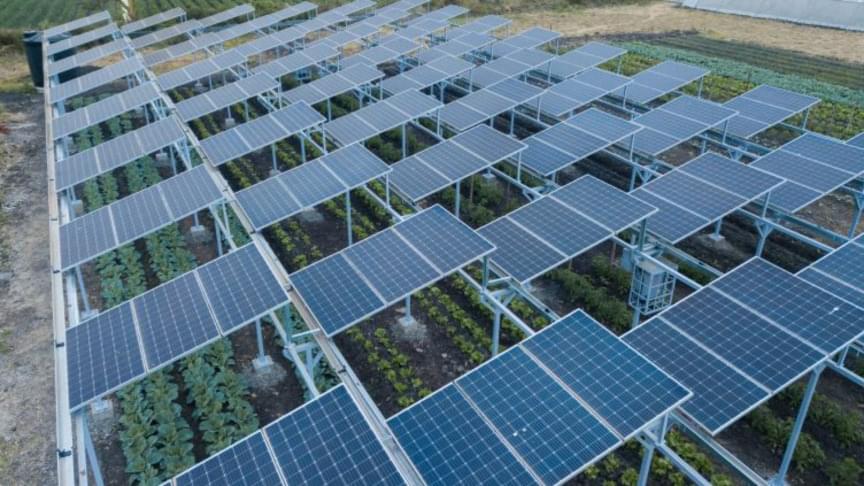
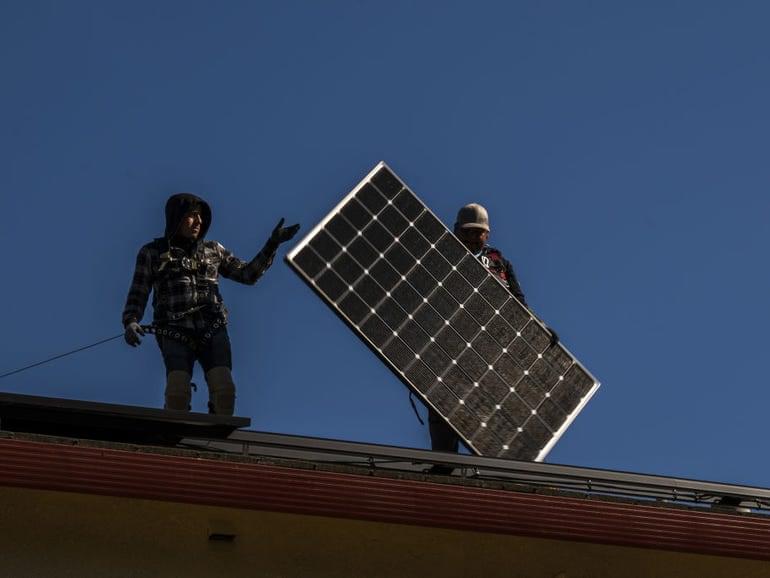
LG axes solar panel business in midst of rising material costs and supply contraints
LG’s solar business panel business joins the company’s smartphone business in the graveyard, with the latter business being canned last April as it could not compete with other smartphone brands in the market. Prior to the smartphone business closing shop, it had recorded 23 consecutive quarters of loss.
The decision was approved by the board of directors on Monday night, LG said.
LG’s solar panel production will start winding down next month, the company said, with the business to officially shut down at the end of June.
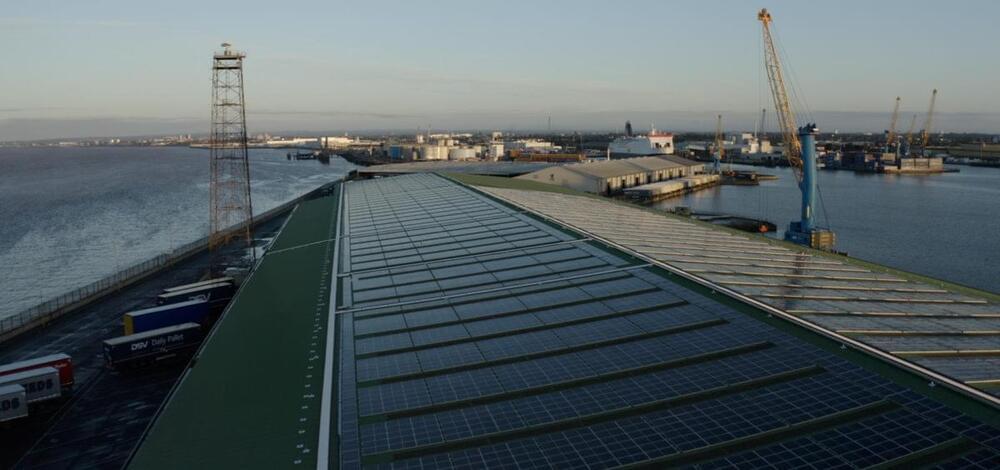

Engineering Student Builds Solar Panels That Don’t Need Direct Sunlight, Uses UV Light
Also read: IIT delhi built solar panels that track sun’s movement to generate more electricity.
However, now an engineer from the Philippines has developed a new kind of solar panel that doesn’t really need sunlight to generate electricity. At least not directly.
Developed by Carvey Ehren Maigue, a student at Mapua University in the Philippines, the novel solar panels (called AuRES) are designed to feed off the UV rays of the sun — something that even dense cloudy days cannot block.
Revolutionary new solar panels don’t need sunlight to generate energy
New solar panels that don’t need sunlight have been invented and could revolutionize the green energy initiative.
The idea of solar panels that don’t need sunlight might sound crazy, but it’s not completely impossible. As a cornerstone of the revolution to bring more clean energy to people, solar panels have become one of the best options out there. However, these energy conductors have one fatal flaw. They require direct sunlight to create energy. What if we could remove that flaw, though? That was the idea behind AuREUS, a new solar panel that doesn’t rely on direct sunlight to generate energy.
Don’t Miss: Amazon Prime price is going up, here’s how to pay the lower fee
But how do you make solar panels that don’t rely on sunlight? Well, you don’t. At least, not entirely. Instead, you make solar panels that can feed off the ultraviolet rays of the Sun that clouds don’t hinder.